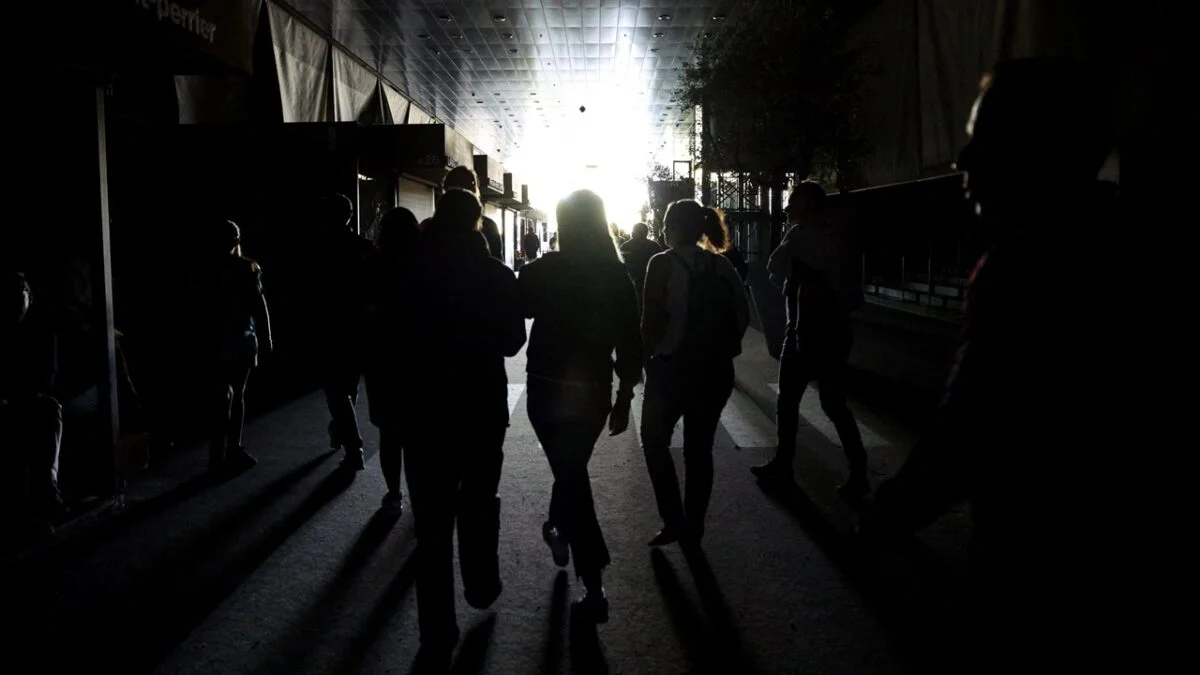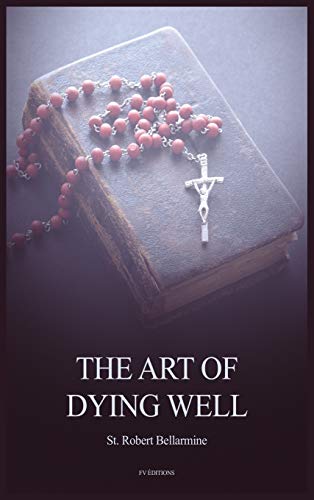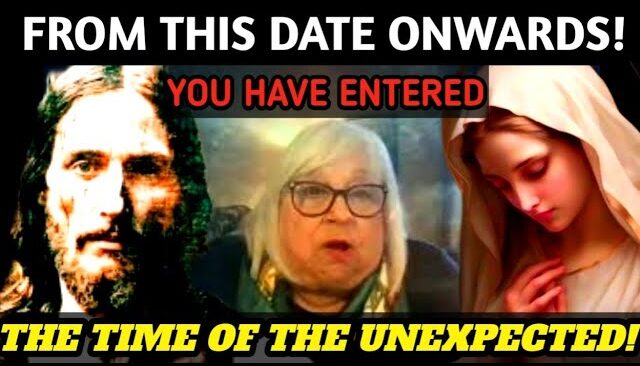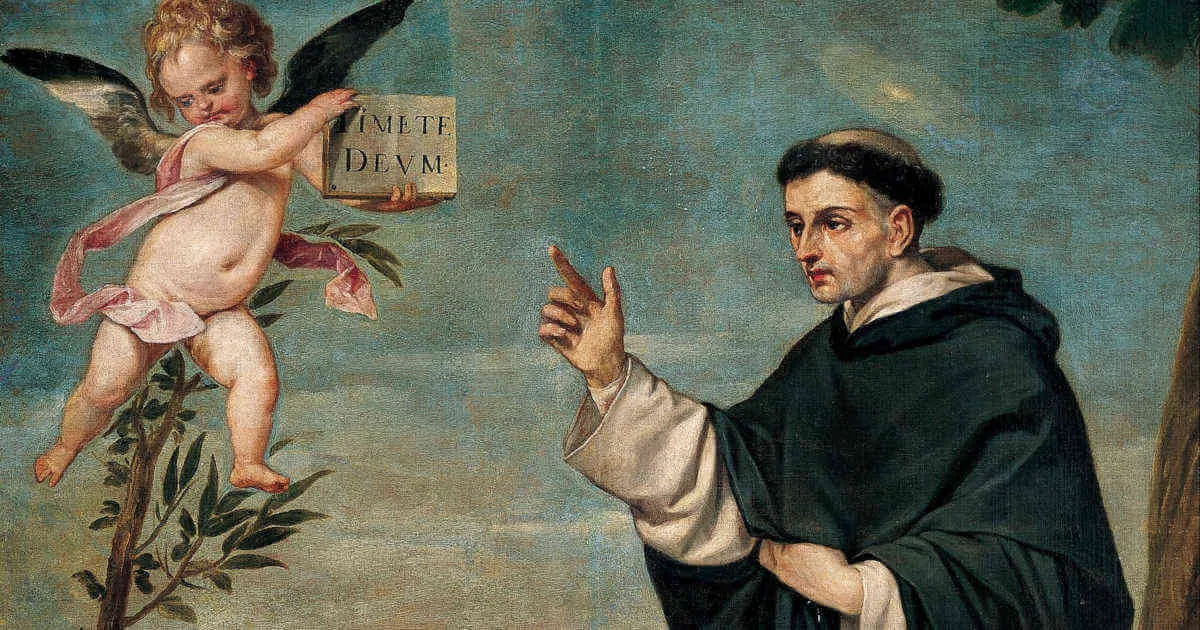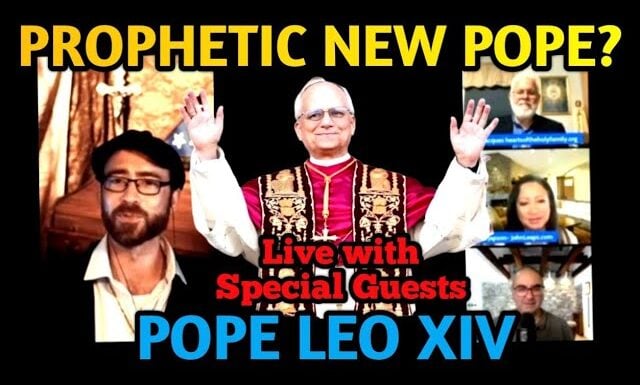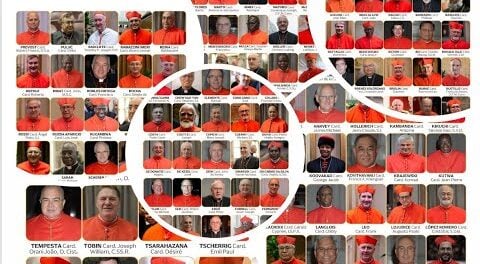
Category: End Time
-
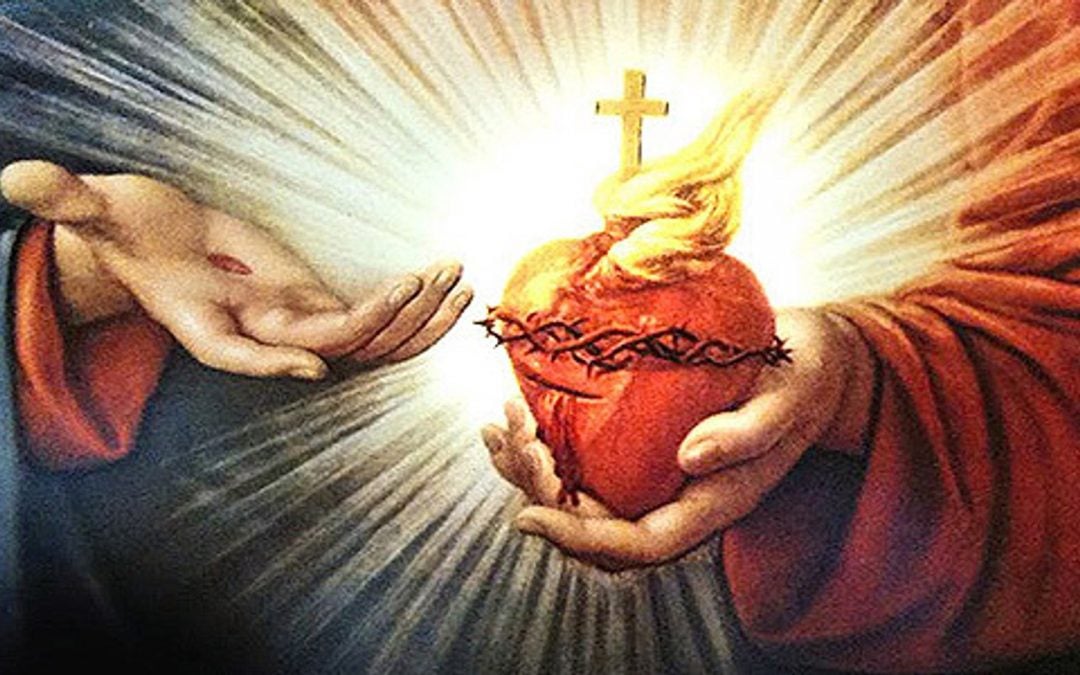
Holy Hour of Reparation to the Sacred Heart of Jesus (Free Printable Download)
Read More: Holy Hour of Reparation to the Sacred Heart of Jesus (Free Printable Download)Download Free from Below! Powered By EmbedPress
-

Advent and the End Times: What Advent Teaches Us About the Second Coming!
Read More: Advent and the End Times: What Advent Teaches Us About the Second Coming!Advent is more than a countdown to Christmas; it’s a call to spiritual renewal, a season of hope, and a time to prepare not just for the celebration of Christ’s birth, but for His glorious return at the end of time. In the hustle of the holiday season, Advent whispers a reminder: Stay awake. Be…
-
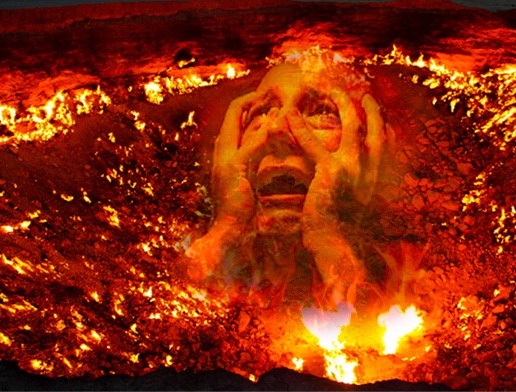
Reading This Will Stop You from Committing Sin! Sufferings of Hell, Revealed to a 20th Century Mystic!
Read More: Reading This Will Stop You from Committing Sin! Sufferings of Hell, Revealed to a 20th Century Mystic!Hell is a real place. But what is it like exactly? While the Bible gives us some clues, the 20th century mystic St. Faustina received a particularly vivid vision, which she recorded in her diary. Note that such “private revelations” are not on the same level of the divine revelation given by God in Jesus Christ.…
-
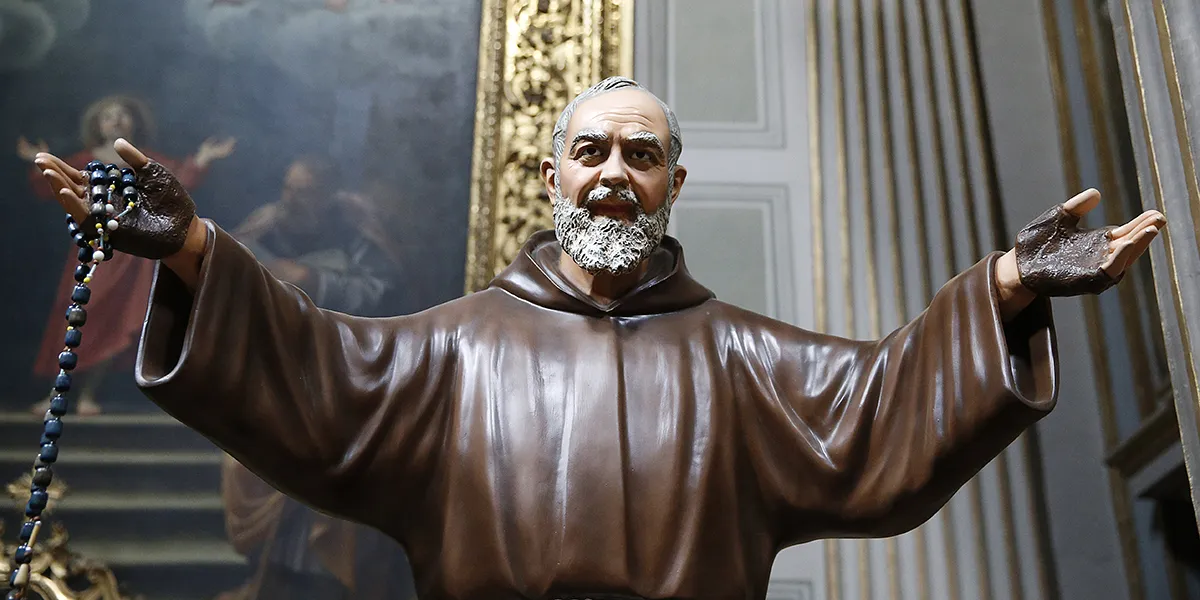
St. Padre Pio’s 3 Simple Weapons for Spiritual Warfare
Read More: St. Padre Pio’s 3 Simple Weapons for Spiritual WarfareIn the life of a devout Catholic, the concept of spiritual warfare is ever-present. We are constantly reminded of the battle between good and evil, light and darkness, and the need for steadfastness in our faith. St. Padre Pio, a revered saint and mystic, provides profound insights into this struggle. Known for his piety, miracles,…
-
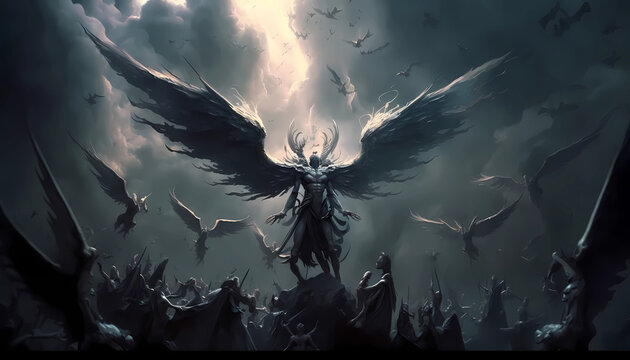
All 7 fallen angels’ names and meanings with their deadly sins | Know Your Enemy!
Read More: All 7 fallen angels’ names and meanings with their deadly sins | Know Your Enemy!The concept of the 7 fallen angels has long captured the imagination of theologians and the public. Once revered for their beauty and wisdom, these powerful celestial beings succumbed to the allure of sin and were cast out of heaven. Their fall from grace is an advisory about the dangers of sin. But what are…
Search
Popular Posts
-
🙏 A New Chapter Begins: Supporting Pope Leo XIV with Prayer and Hope | W/ Daniel O’Connor
“Give the new pope a break and support him with your prayers.”–…
-
Possible Candidates for The Next Pope!
Some Candidates for the New Papacy Today we will share with you…
Categories
Archives
Tags
#Miracles (102) 2023 (4) 2024 (4) approved miracles (2) catholic (141) catholic blog (375) catholic meditations (7) catholic miracles (371) catholic motivation (2) catholic news (371) catholic prayers (4) CatholicSeers (359) catholic vlog (375) catholic websites (6) Eucharistic miracle (2) fr jim blount (3) GisellaCardia (11) hamas (3) imitation of christ (2) Israel (4) israel live (5) Israel news (9) jesus (3) jesus christ (4) Latest messages (11) lent 2023 (10) lent 2024 (4) lent homily (2) lent retreat (4) lent retreat 2023 (3) Lourdes (2) messages from god (6) MessagesFromHeaven (364) miracles of catholic church (2) mother and refuge (2) ourlady (325) OurLadyApparitions (22) our lady of lourdes (2) Pope (2) POPE francis (3) pope francis news (2) prayers (3) real miracles (356) sacred heart of jesus (2) The Miracles of Lourdes (2)


